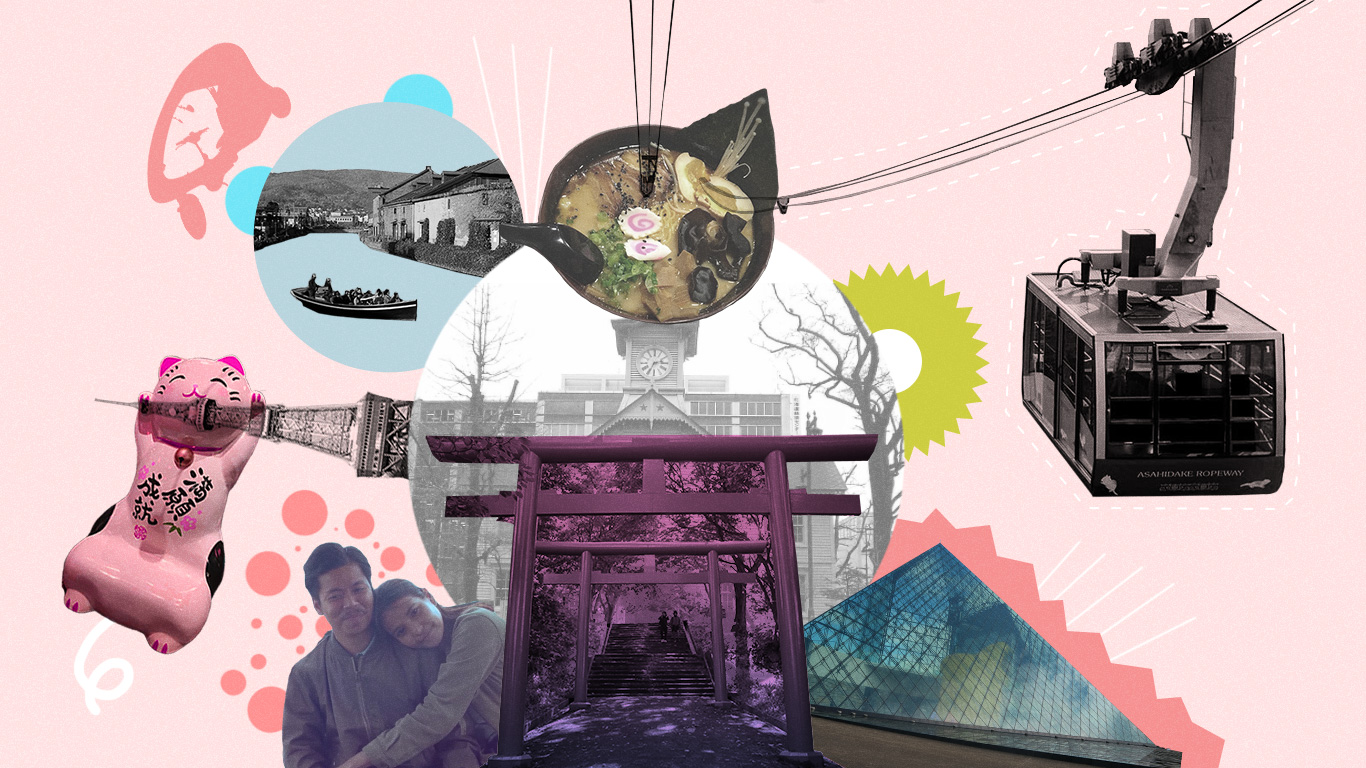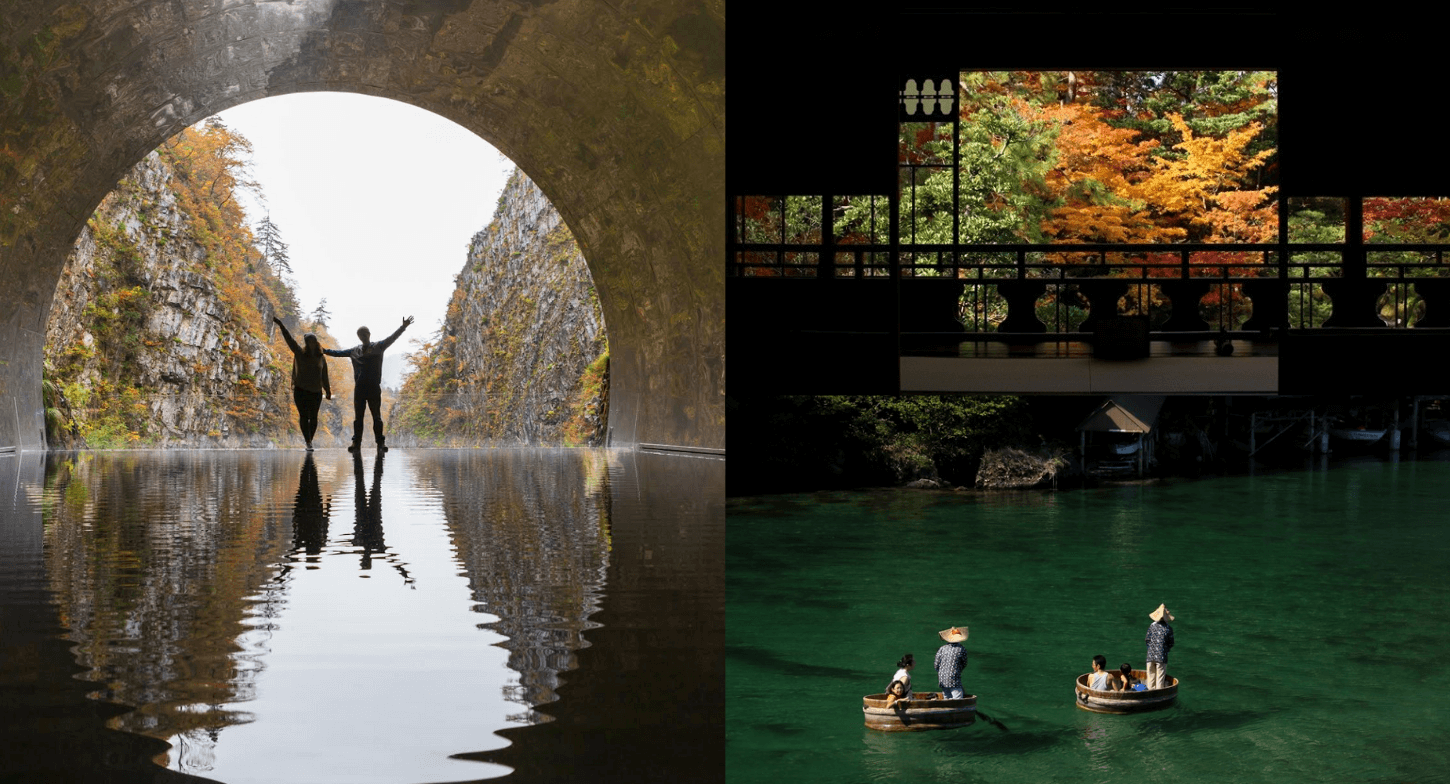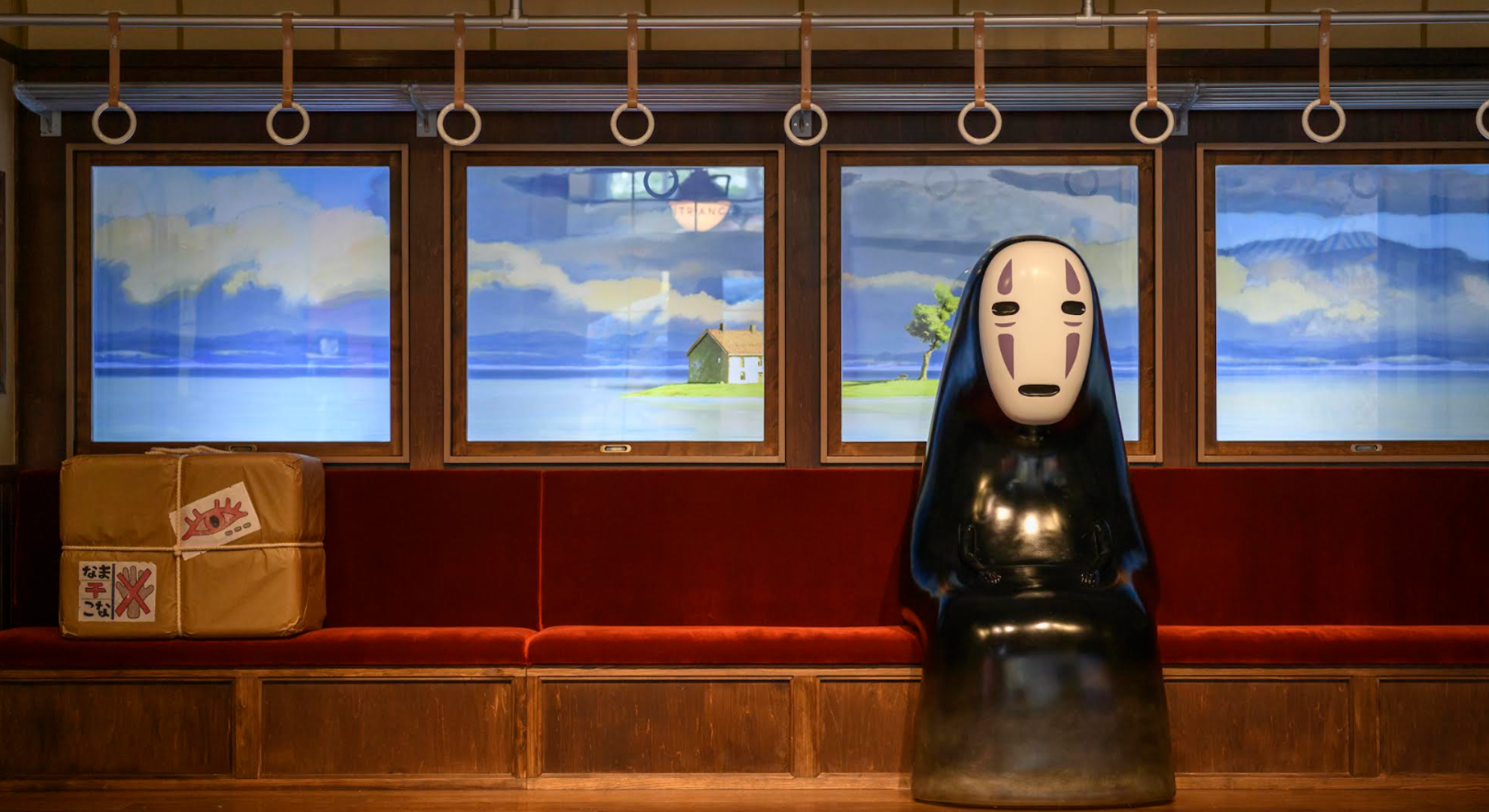
“Kita Kita” (I See You), a film written and directed by Sigrid Andrea Bernardo, has become the country’s highest-grossing independent film of all time, surpassing the 2015 biopic “Heneral Luna”. The film, which was fully shot in Hokkaido, Japan on a Php 10 million budget, earned a whopping Php 300 million just three weeks after its release.
The movie stars Alessandra de Rossi as Lea, a Filipina tourist guide living and working in Sapporo who suffers a temporary blindness, and Empoy Marquez as Tonyo, a man who came to Japan as a brokenhearted drunkard but eventually sobers up and becomes enamored with Lea. The unlikely pairing has won over many Filipinos with their undeniable chemistry, and is now fondly called “Alempoy” by fans.
What some fans might not know, however, is the reason behind the film’s location. Hokkaido is Japan’s northernmost, coldest, and second largest island. It is home to a number of beautiful locales, many of which were featured in “Kita Kita”. Bernardo chose the island as the setting for her film after visiting Sapporo, its capital city, to participate in a workshop organized by the Sapporo Film Commission.
During the workshop, the participants were toured around Hokkaido before proceeding to write and present a story idea based on the places they visited. Five years after being a participant in that workshop, Bernardo became a film director and decided to shoot a film in the island. She stated that more than its beautiful locations, her main reason for choosing Hokkaido is the locals. “Kita Kita” is her way of showing her gratitude to those she met during the workshop and returning the kindness and hospitality that she received during her stay.
For many fans of the hit film, its charm not only lies in the chemistry between Lea and Tonyo, but also in the incredible views and locations in the movie. We’re sure that we’re not the only ones who gasped and whispered “Where is that place?” to ourselves while watching the pair’s romantic and hilarious antics. Hokkaido is home to so many scenic locations that it’s worth visiting the island whether you’re a fan of the movie or not.
Stunning forests, parks
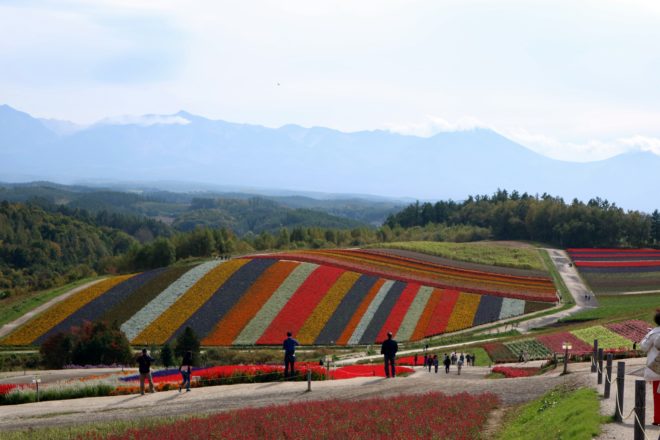
One such romantic location featured in the film is the Shikisai-no-oka (Panoramic Flower Gardens) located in Biei, Hokkaido. The flower garden provides the spectacular view of thousands and thousands of flowers spread over fifteen hectares of land. The neatly arranged rows of bright reds, yellows, pinks, and purples contrasting against the clear sky and the mountains hidden by mist in the background is truly a sight to behold. The flowers are seasonal blooms, which means visitors will see different species based on what season they come to visit.
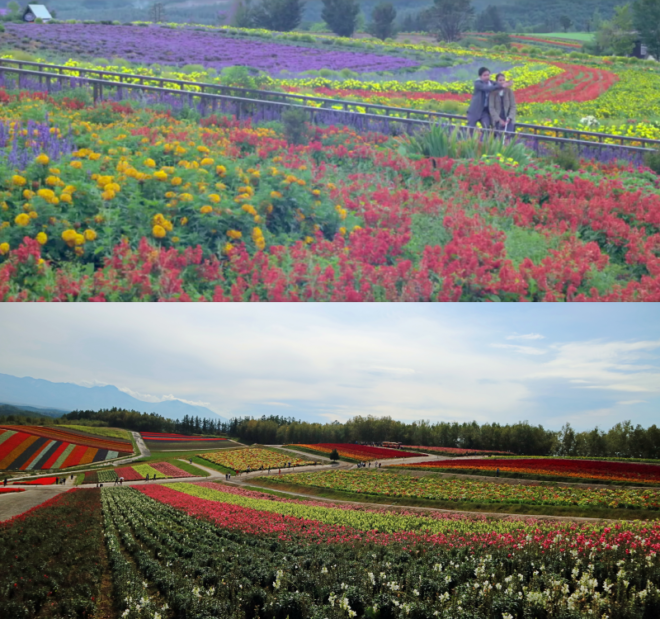
Late April to Late October is considered as the green season for the garden, during which visitors can either explore the garden by foot or by tractor bus. Biei has wide expanses of cultivated lands and farms, and the area is known for wheat and dairy products. Small stores near the entrance to the Flower Garden sell food items made with local produce, and the ice cream being sold there is very popular among tourists. Having a creamy, sweet ice cream cone makes walking around the garden even more enjoyable. There are also side attractions like buggies and carts for rent and a small alpaca farm. During winter, Shikisai-no-oka becomes “Snowland”, where tourists can try out snow rafts, sleds, and snowmobiles. Entrance to the Panoramic Flower Garden is free, but the caretakers ask for a ¥200 donation per visitor to help with the maintenance and upkeep of the flowers.
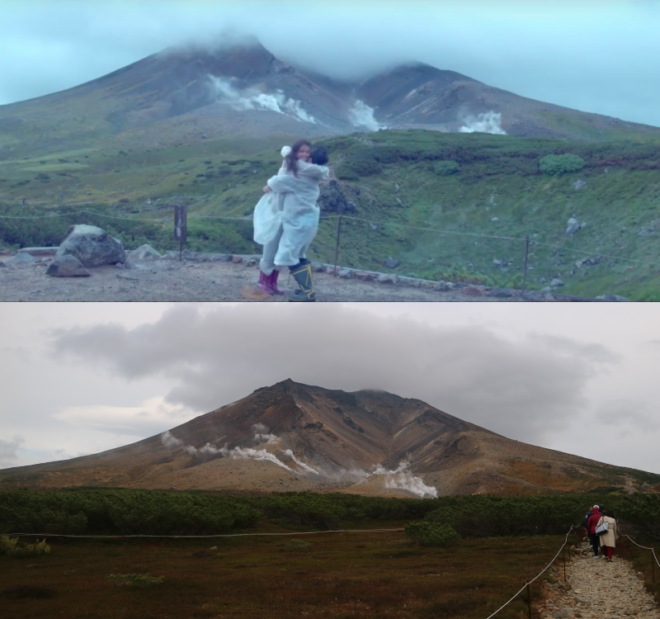
For the more adventurous bunch, there are also a number of forests and nature reserves that have trails you can explore. In “Kita Kita”, Lea and Tonyo embrace in front of the beautiful Asahi-dake, the tallest mountain in Hokkaido located in the northern part of the Daisetsuzan National Park.
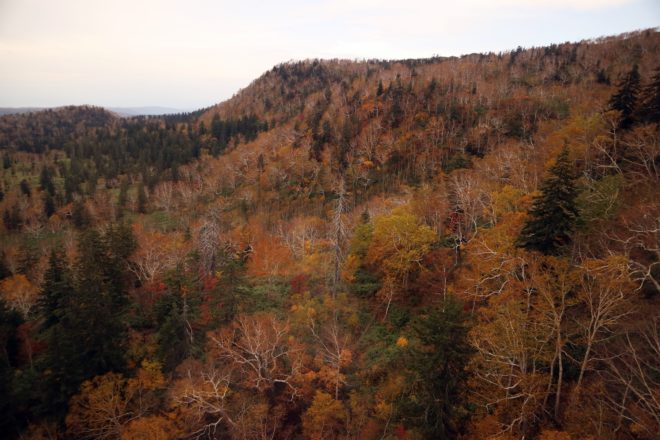
To get to the trails, visitors first need to ride the Daisetsuzan Ropeway, a cable car that will give you a spectacular view of the surrounding forest. While the National Park is no doubt beautiful all year round, autumn might be the best time to visit if you’re a Filipino. Why, you wonder? Looking down on the forest from the cable car and seeing the leaves on trees in varying shades of red and orange is something that you won’t be able to experience in our tropical country. Plus, the chilly-but-not-yet-winter cold weather will make the steep climb easier than when you climb it during summer or winter.
The indigenous Ainu people of Hokkaido referred to Daisetsuzan as Kamui Mintara, or “Playground of the Gods”, and visitors are sure to understand how it earned that name even at first glance. A round-trip ticket on the ropeway costs about ¥2,900 during peak season (June 1-October 20) and ¥1,800 during regular season (October 21-May 31).
Another park worth visiting is Moerenuma in Sapporo, which features an expansive land filled with trees, sculptures, and an impressive glass pyramid similar to the structure at the Louvre in Paris. An early morning visit is almost a guarantee that you can have the park mostly to yourself (or share it with a handful of other tourists, at most), and it is a perfect spot for picnics, biking, or jogging.

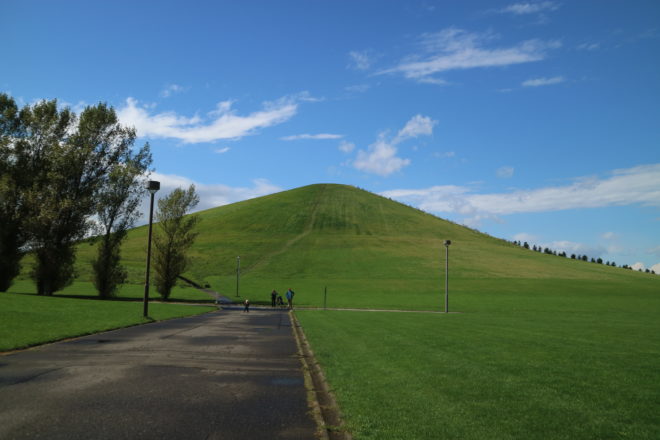
Moerenuma Park used to be a waste disposal site in the early 1970s, but it is now a place where visitors can enjoy a fusion of nature and art. The glass pyramid in front of the park is home to the Isamu Noguchi Gallery, and there is a wading pool and a fountain open to tourists to refresh them in the summer. Admission and parking fees are both free, and the park is open from 7:00 A.M. to 10:00 P.M. throughout the year.
Tourists should also make sure to visit the 531 meter-high Mt. Moiwa-yama, where you can get a birds-eye view of Sapporo. The view is especially enchanting at night, when the city lights glimmer and illuminate the sky. Among locals, it is a popular place for romantic dates or even for just enjoying the scenery.
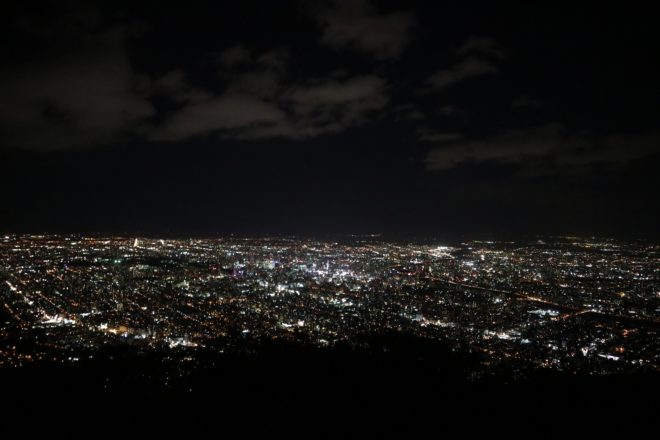
To get to the summit, you need to take the Moiwa-yama Ropeway from the foot of the mountain. After a five-minute ascent, you need to get on a lift that will take you to the peak in around three minutes. A round-trip ticket for both costs around ¥1700. Aside from the striking city lights of Sapporo, you can also see the Ishikari Plain, the Yubari Mountain Range, and Mt. Eniwa-dake near Lake Shikotsu-ko from the summit. There is also a place there where you can leave love locks, a famous practice among sweethearts.

Another romantic attraction you can try with your special someone is the Otaru Canal Cruise, which is a leisurely 40-minute tour along the historic canal. The port city once prospered as the gateway to Hokkaido, and tourists on the cruise will get to see the old buildings from those years.
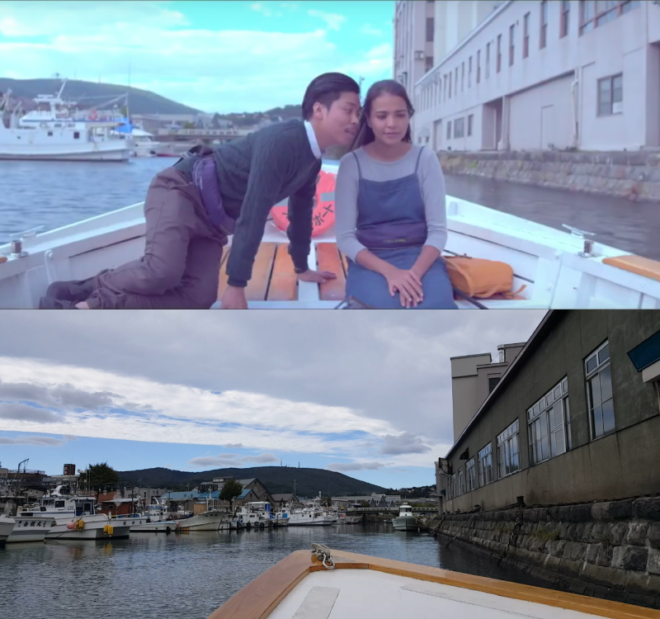
The Otaru Canal is open for both day and night cruises for ¥1,500 and ¥1,800, respectively. If you’re travelling with a large group, you can arrange for a private charter with prices ranging from ¥25,000 to ¥65,000. Private charters can also be used for other purposes like holding birthday parties, making marriage proposals, taking wedding photos, and taping a film or a TV program.
Museums and iconic sites
There are also a lot of interesting and beautiful locations in Hokkaido’s cities that are worth visiting. In Otaru, for example, there are a number of museums with exhibited pieces you won’t easily find anywhere else. In “Kita Kita”, Lea and Tonyo pay a visit to the Otaru Music Box Museum, a charming location filled with vintage music boxes and wind-up dolls as well as newer ones that are for selling.
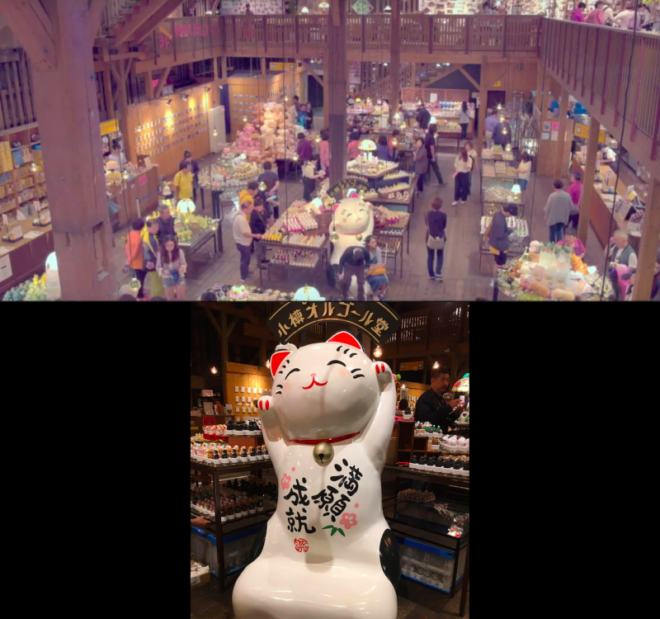
Historically, music boxes came to Hokkaido from other countries through Otaru, since Otaru is where the ports are. The Music Box Museum today is home to many vintage items including French music boxes from the nineteenth century and a grand English organ. At a certain hour of the day, the museum caretakers will wind up the English organ and visitors can sit on the pews positioned near it to listen and enjoy the nostalgic experience. Even the main building of the museum is old, having been constructed in 1912 as a rice and grain trade office.
It is a very interesting spot to visit, and guests will surely marvel at the over 25,000 items they have on display. It is also a good place to find the best pasalubong for a loved one. You can buy a small, simple wooden music box for around ¥1,100 if you’re on a budget, but there are other, more elaborate and exquisite ones on sale that can go for more than ¥18,000. Admission to the museum is free of charge, and those who want a more hands on experience can book a place in a music box making workshop that costs ¥1,500 to ¥2,500.
For those who travel in order to experience other cultures and traditions, a stop at a Shinto shrine is a must when visiting Japan. In Sapporo, there is a shrine near Mt. Moiwa called the Sapporo Fushimi Inari Shrine that was featured in the “Kita Kita” film.

Leading up to the shrine is a walkway with the traditional Torii gates. Most tourists are already familiar with these iconic Japanese gates but may not know what they really are. In Japanese tradition, these gates are most often found at the entrance of shrines and serves as a mark that you are entering a sacred place. The literal translation of Torii is “bird abode”, and this is because birds are believed to be the messenger of the gods.
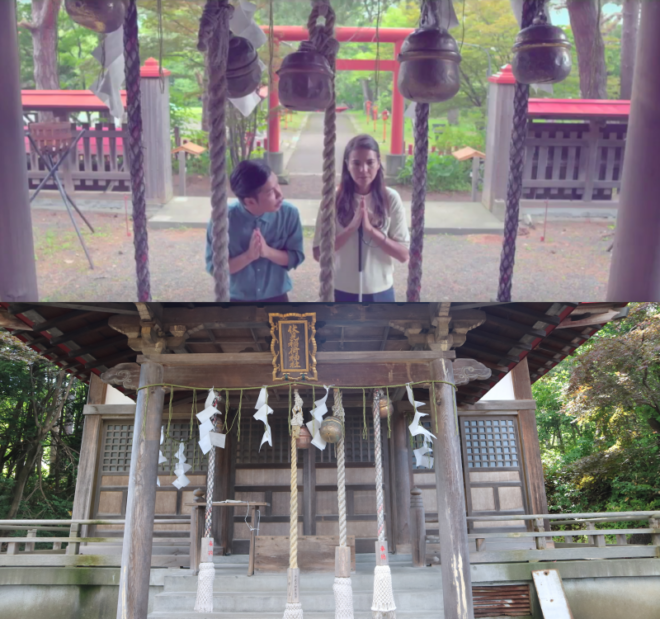
Praying at a Shinto shrine involves a few steps that should be done solemnly. To begin, you must toss a ¥5 coin in a small box inside the shrine. Then you will ring the bells by shaking the rope attached to them, which is to signify your presence to the gods. Afterwards, you will bow twice and clap your hands twice before uttering your prayers. The shrine is a very sacred, very peaceful place in the city, and one can’t help but adapt a solemn silence after praying there.
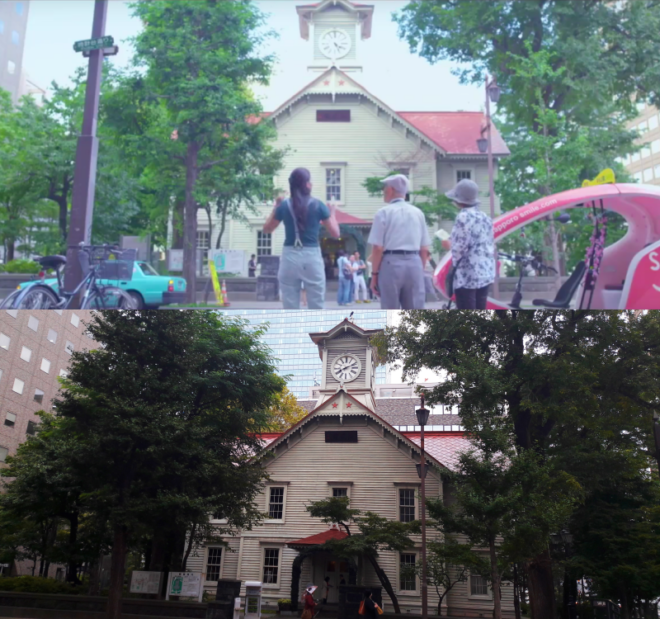
Another important historical site in Hokkaido is the Sapporo Clock Tower, which can be found in the island’s capital city. The building was first constructed in 1878 during the early period of Sapporo’s development and was used as a drill hall for the Sapporo Agricultural College. The clock, which was purchased in Boston, was added to the tower in 1881.
Today, the first floor of the tower serves as a museum about the early years of Sapporo while the second hall has a spacious, American Midwest-looking ceremony hall. From the outside, it is remarkable how the mostly wooden tower is surrounded by modern buildings and roads—truly a reminder of the city’s past. Admission to the tower is free and there is a small gift shop were tourists can buy souvenir items.
Just one block away from the Clock Tower is the Odori Park, which is located right at the center of Sapporo. Odori, which means “large street”, separates the north and south part of the city. During warmer months, it is a pleasant place to relax amidst the bustle of the city and in the winter, the park serves as the main site of the Sapporo Snow Festival.
From the park, you can also get a good view of the Sapporo TV Tower, which has been a landmark in the city for more than half a century. It was built in 1957 and stands at a height of 147.2 meters. An observation deck at the height of 90.38 meters is open to tourists and gives you a stunning view of Odori Park and Sapporo.
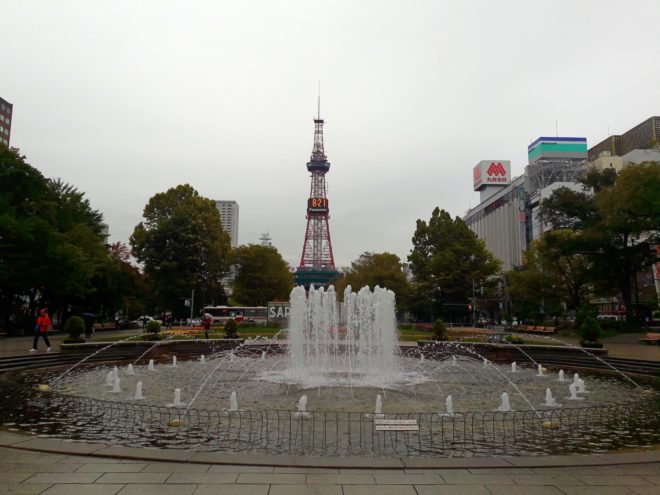
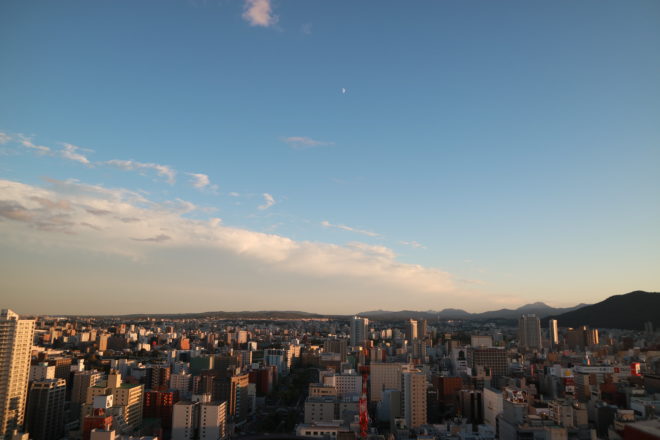
And if you’re going to be spending a lot of time in the city, make sure that you don’t miss the opportunity to try one of their velo taxis. Velo taxis are like rickshaws but instead of being pulled by a person on foot, it uses a bicycle or a motorcycle. In Sapporo, you can find velo taxis for hire around Odori. They can take you around the surrounding areas of the park, and some times they can also be guides for tourists.
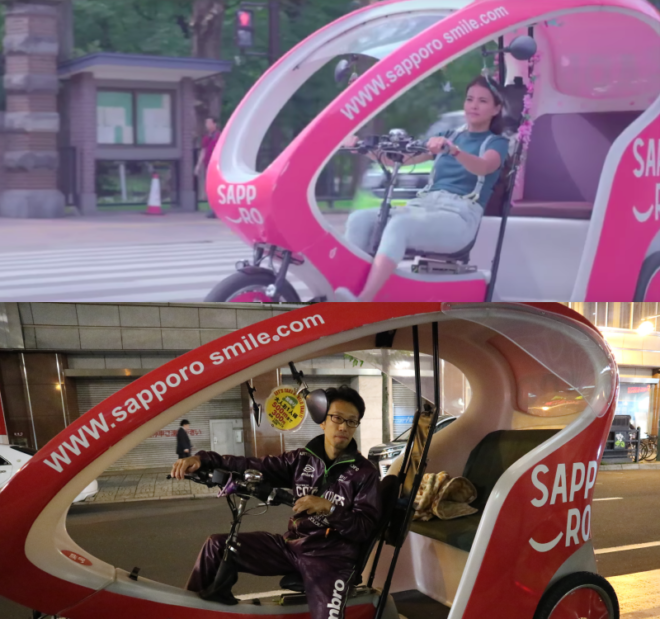
There are a lot of other scenic locales in Hokkaido not shown in the film that you ought to visit. In Otaru, there is a Kitaichi Venetian Art Museum that exhibits lavish glassworks and other pieces from ancient Venice as well as some more modern pieces. You should also visit the Sapporo Beer Museum and Beer Garden, where you can enjoy some of Japan’s finest beers and learn about its history.
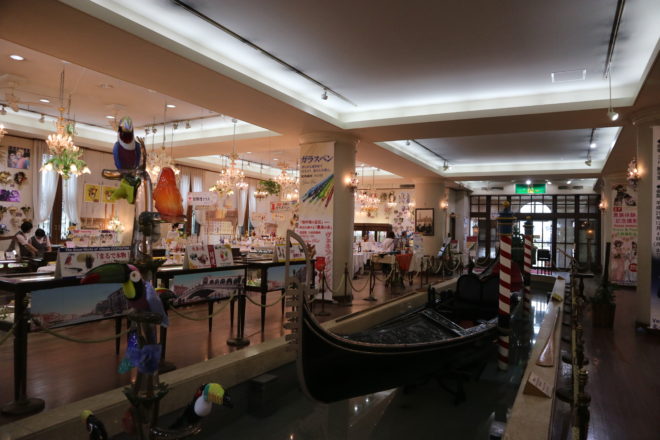
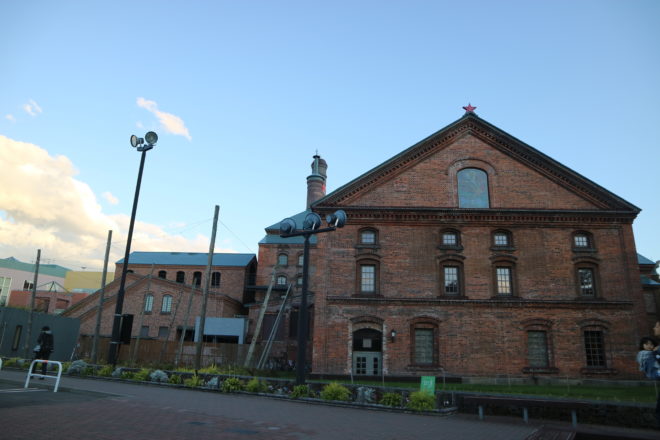
Raring to go? To get there, you can board a Cebu Pacific flight either from Manila or Cebu to the Narita Airport in Tokyo. From there, you can get another flight to the Tokachi-Obihiro Airport in Hokkaido.
Similar to the film writer’s experience during her stay in Sapporo, tourists will fall even more in love with Hokkaido thanks to its locals, who are as welcoming as they are polite. Even a simple walk along the streets is an interesting experience because of the fascinating shops and characters that you will encounter. And whether you came in order to see “Kita Kita” locations for yourself or to experience the culture and see the sights of the island, Hokkaido will not disappoint. INQUIRER.net/PAR

